The month of June is all about new perspectives at the Máxima. This means that in the coming weeks we will tell you all about the developments in our research hospital. In the Máxima, care providers and researchers work closely together to constantly improve treatments. Our mission: to cure every child with cancer, with the best possible quality of life.
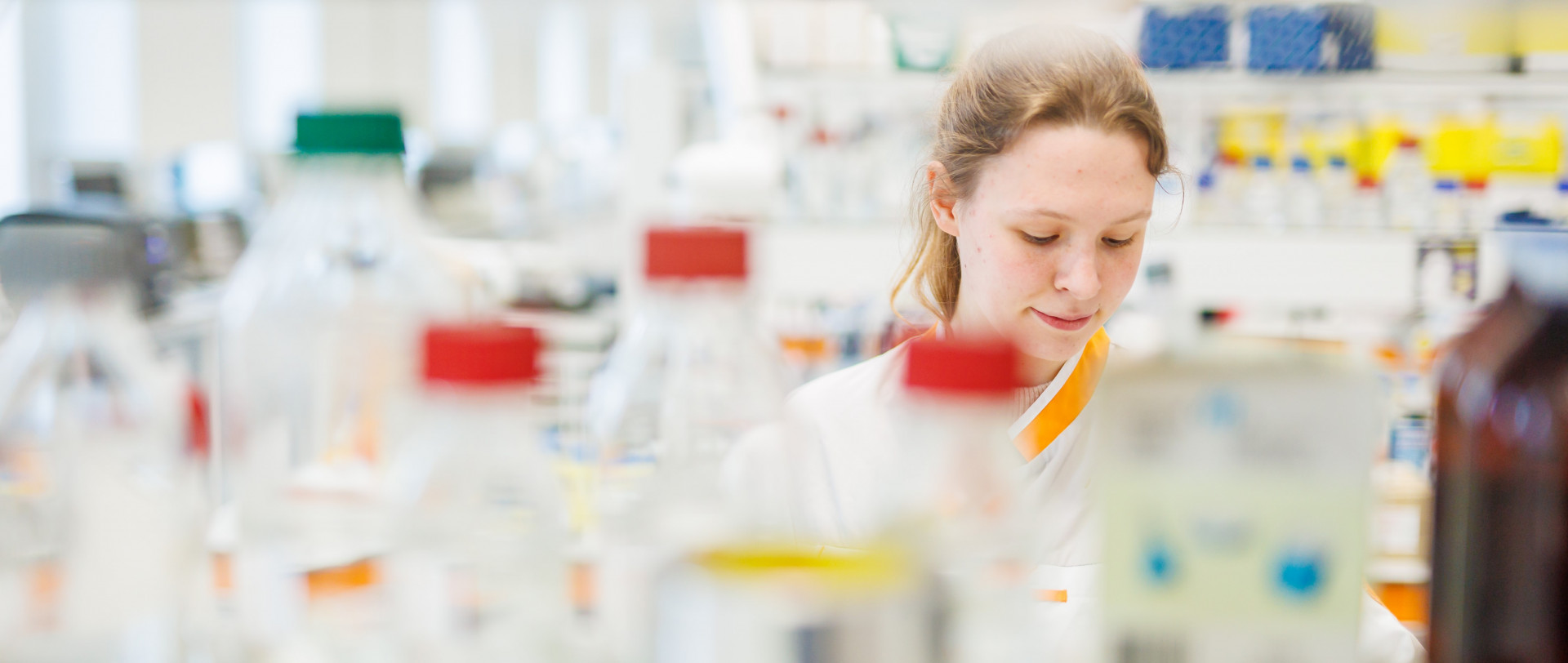
Florijn Dekkers is a senior researcher in Anne Rios' research group: 'We make the effect of T cell immunotherapies on mini tumors visible in the lab. Because we do this in 3D and 'live', we gain unique insight into how T cells attack tumors. This allows us to see which form of immunotherapy appears to be the most effective, so that we can develop it further as a potential new treatment.'
Read more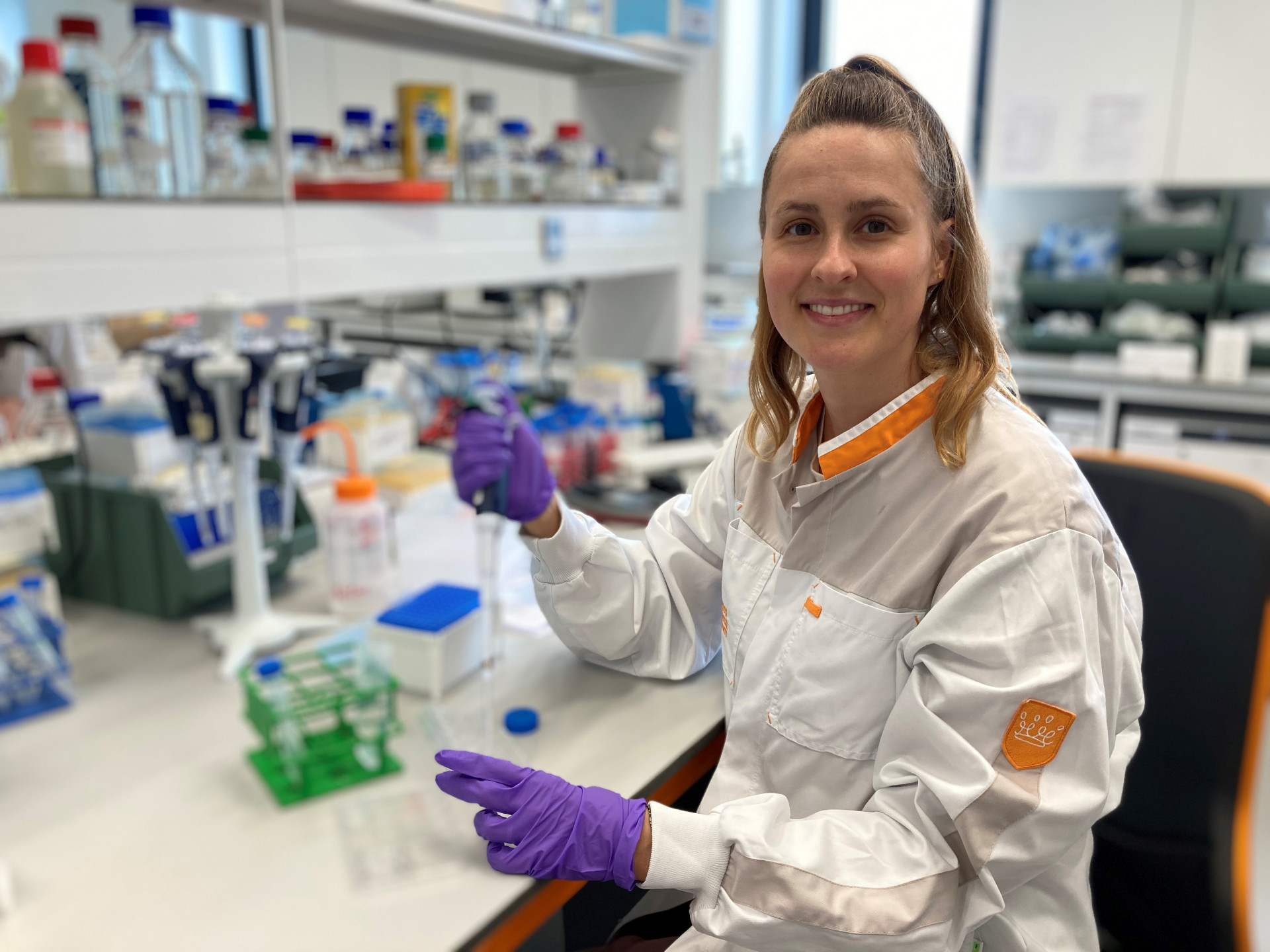
Some children in the Princess Máxima Center are treated with a new type of immunotherapy: CAR T-cell therapy. Their own immune cells have been programmed to attack cancer. The cells are currently shipped abroad for this purpose. The Máxima Center is building its own facility to adapt these CAR T-cells in-house. Pediatric oncologist dr. Friso Calkoen: ‘We are taking a major step toward bringing this treatment of the future closer for an increasing number of children with cancer.’
Lees meer
CAR T is a form of immunotherapy. This treatment is given to children with acute lymphoblastic leukemia (ALL) in which the B cells are affected and in whom chemotherapy does not work. CAR T cells are best thought of as T cells with superpowers. Want to know exactly how this works? Researcher Stefan Nierkens explains it to you in this video.
In July 2021, in the presence of Queen Máxima, the strategic partnership of the Princess Máxima Center with three leading German centers in the field of childhood cancer was made official. This week, some seventy researchers from Utrecht and Heidelberg are meeting to exchange ideas and make plans for further joint projects. Dr. Roland Kuiper: ‘Together we can achieve more than on our own.’
Read more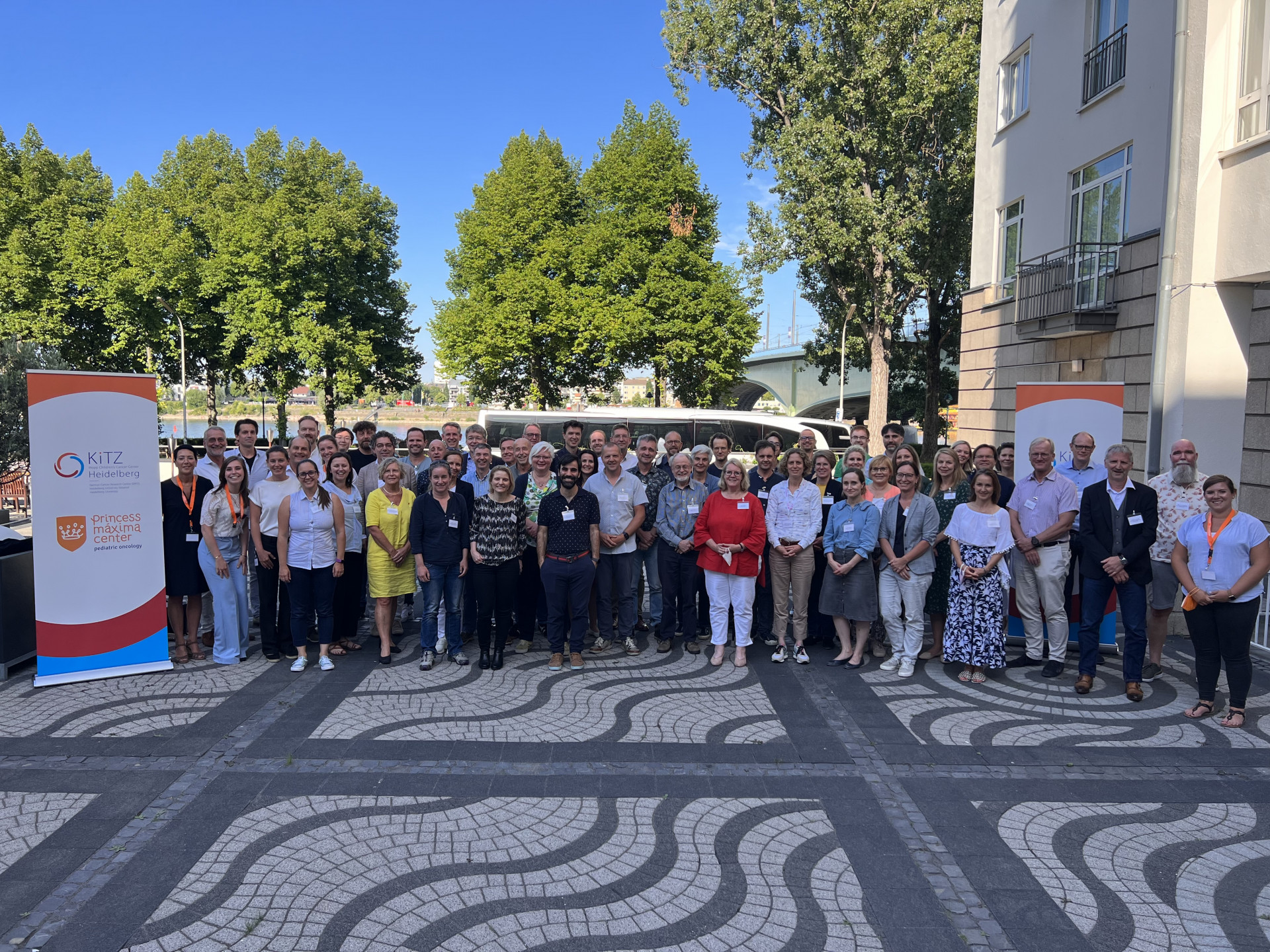
The tumor of every child treated at the Princess Máxima Center is molecularly characterized. This is the result of intensive collaboration between pediatric oncologists, researchers and the team of the Laboratory for Childhood Cancer Pathology. This makes the diagnosis of a child with cancer more reliable and precise.
Read more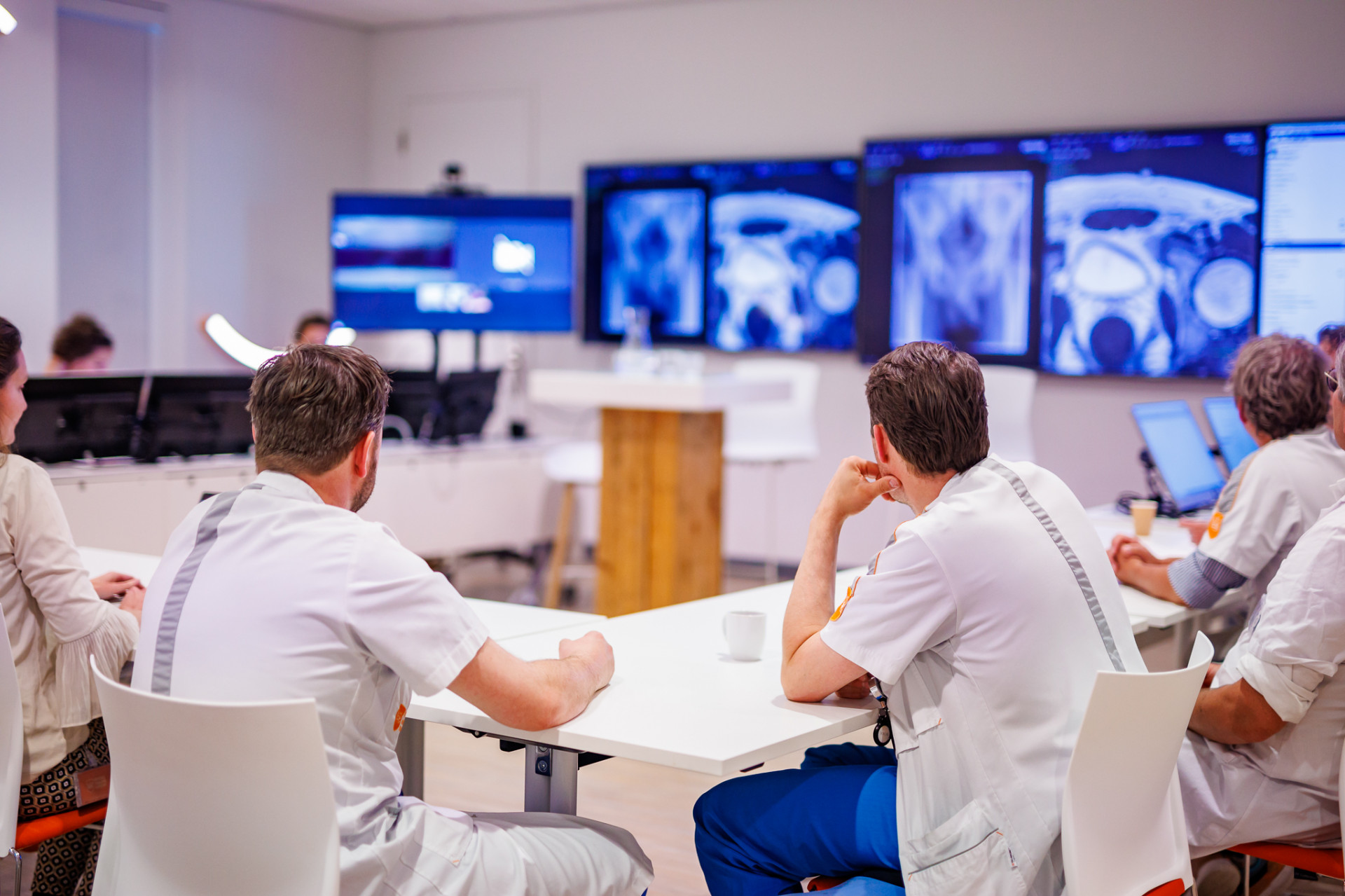
Every year, 110 children are diagnosed with B-cell acute lymphoblastic leukemia (ALL). This is nearly 20% of children with childhood cancer. The standard treatment for this type of cancer is chemotherapy. For about 10 children a year in whom chemotherapy does not work, CAR T treatment is an option for some.
Read more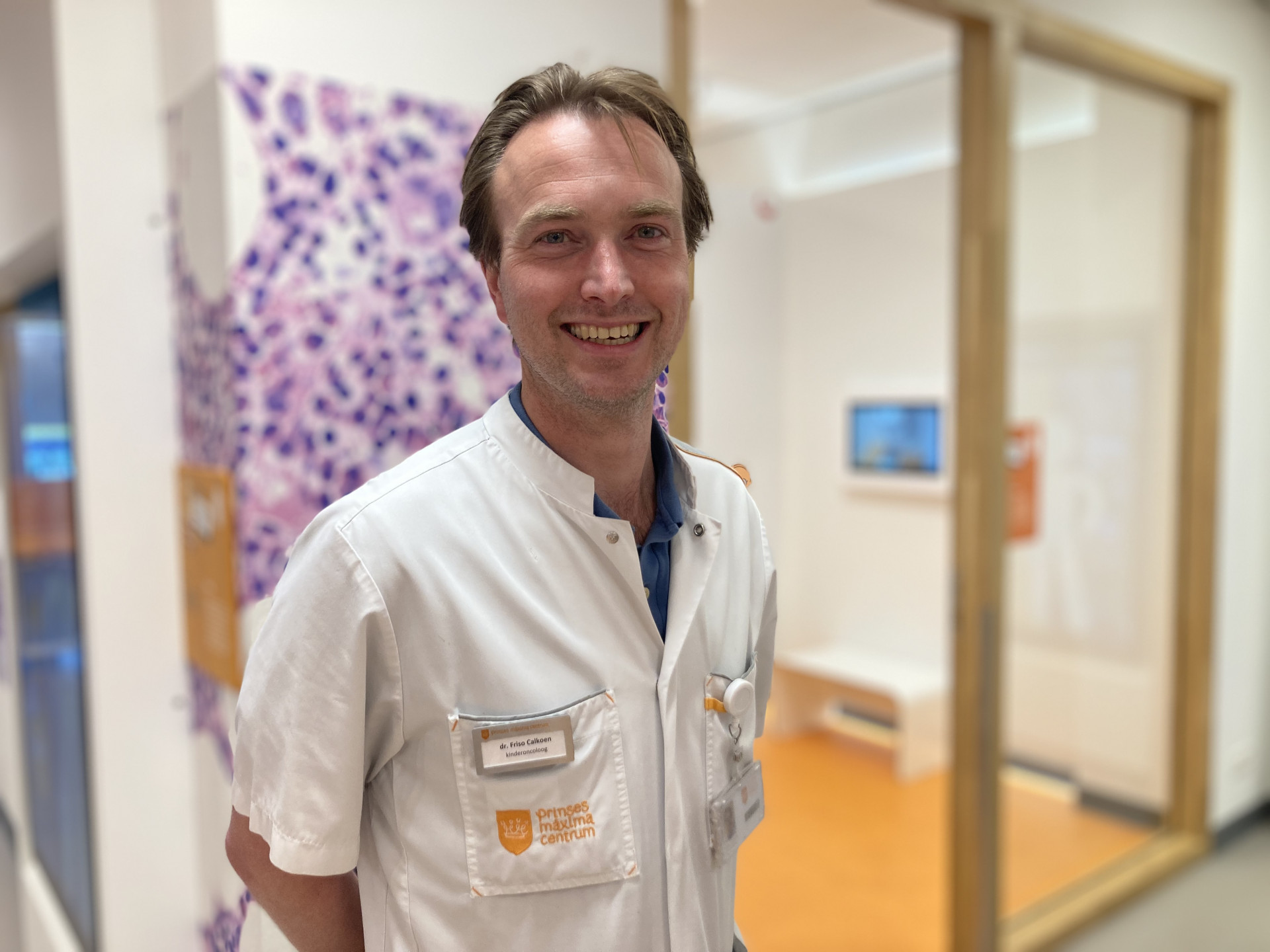
Based on a European clinical study, all children with cancer at the Prinses Máxima Centrum now receive DNA and RNA analysis of the tumor. In 83% of the children in the study, there were changes in their cancer cells that may be a starting point for personalized treatment.
Read more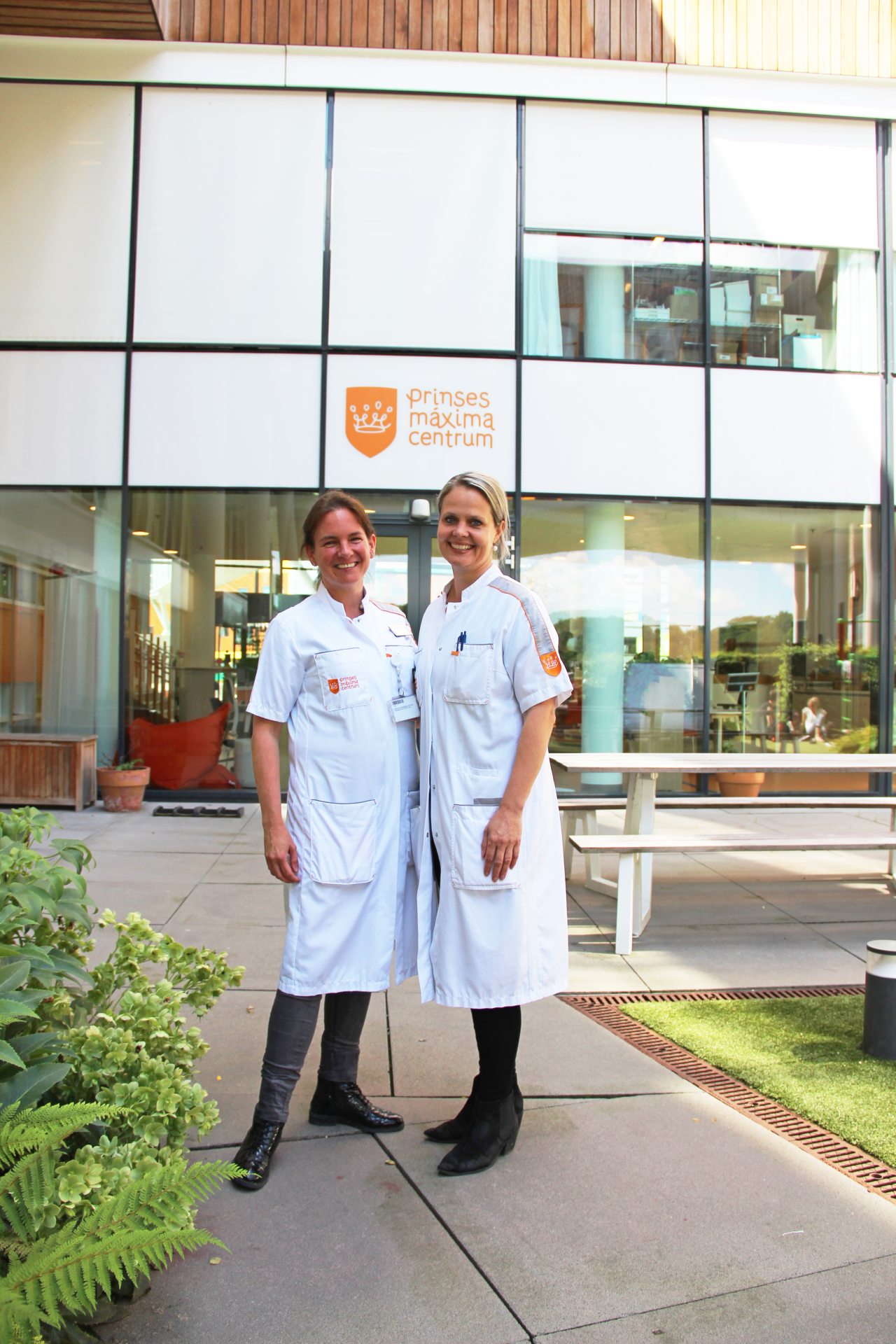
More and more children with cancer are cured thanks to better treatment and care. Currently, there are more than 12,000 survivors in the Netherlands for at least five years. Previous research by the LATER group shows that 70% of all survivors develop one or more serious health issues. These so-called 'late effects' are evaluated and treated in the LATER outpatient clinic at the Princess Máxima Center. 'We can very effectively link current care for children with knowledge from scientific research on late effects.'
Read more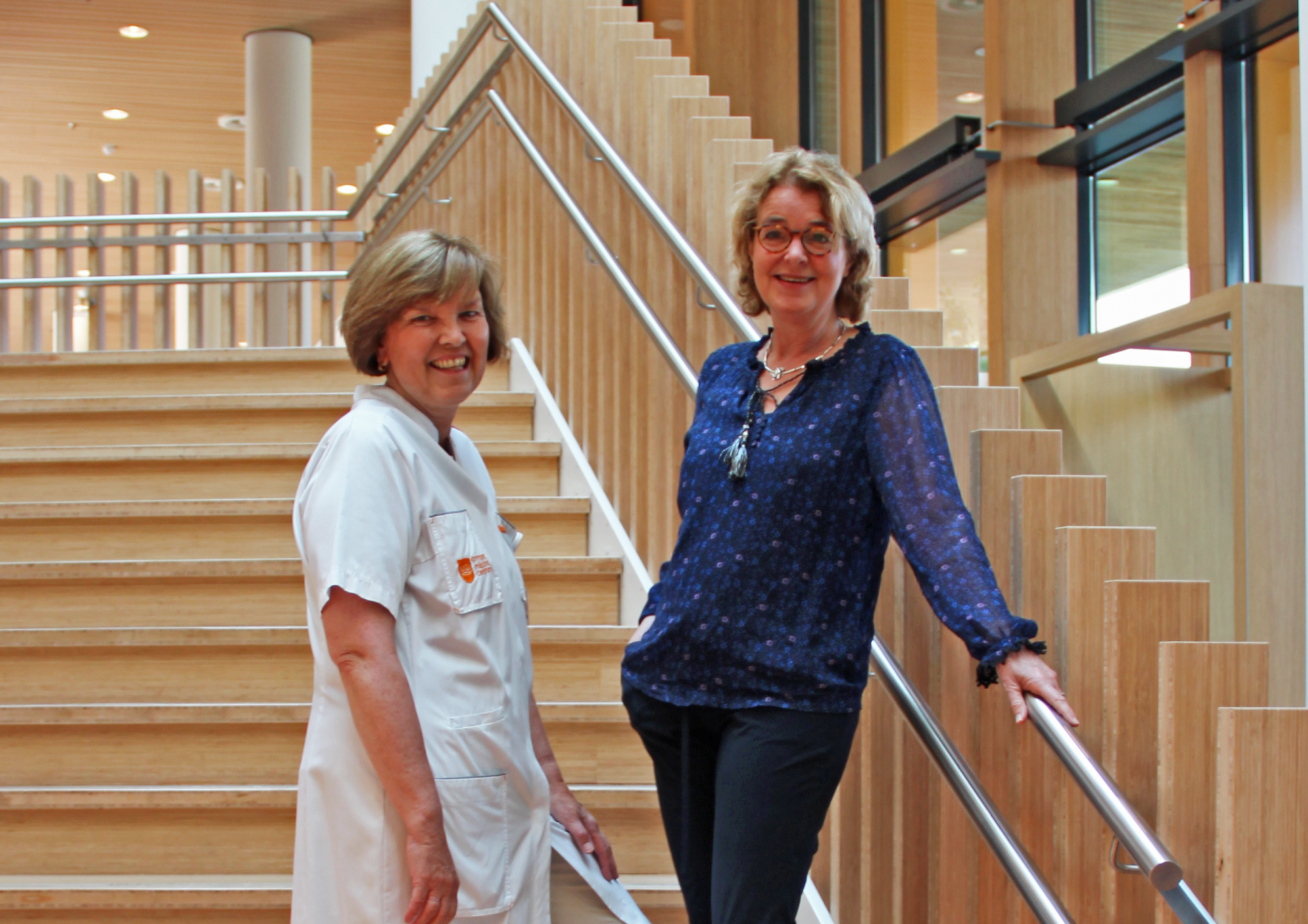
More and more effective therapies against lymphoma, such as immunotherapy and personalized cell therapy, are emerging. But the downside is the toxicity of these treatments. As a result, serious side effects can occur. Lymphoma researchers play an important role in the Máxima strategy for better outcomes for children with cancer.
Read more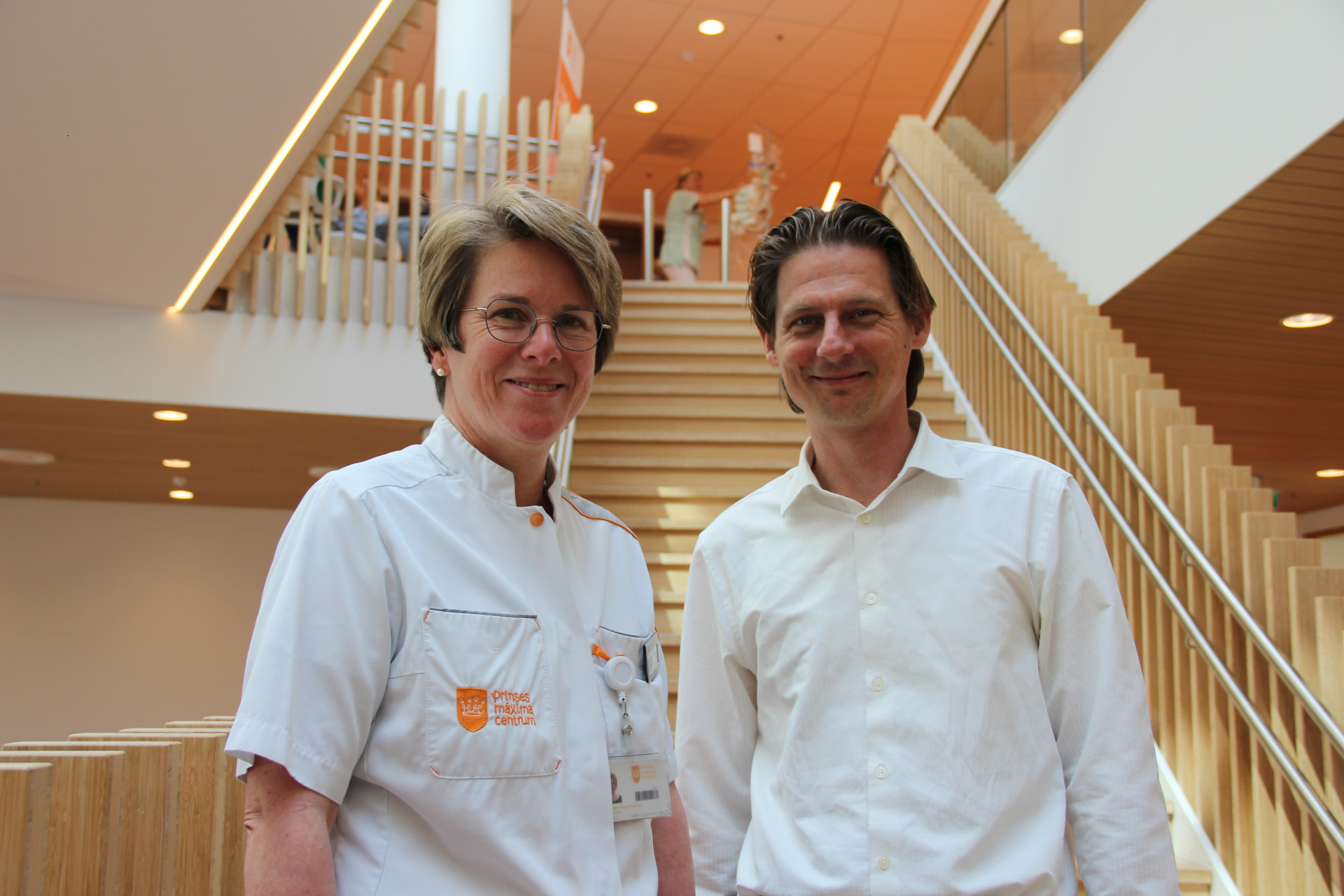
This month, the Princess Máxima Center for pediatric oncology gave the go-ahead for a new and large construction project: two extra floors will be built on top of the existing research building. ‘This expansion gives further shape to the integration of care and research in the Máxima Center.'
Read more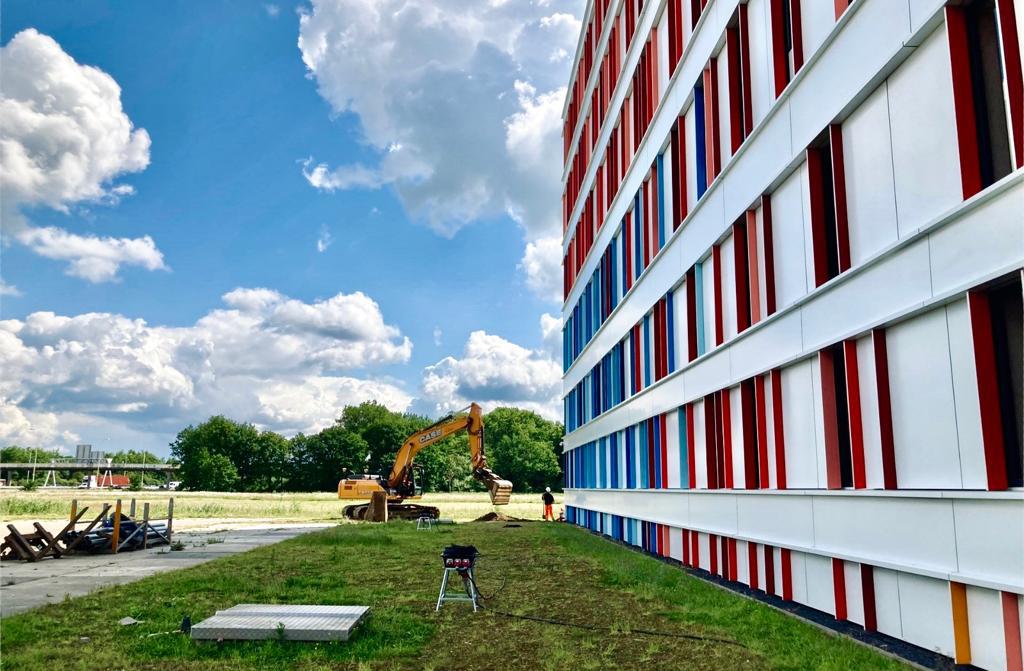
Immunotherapy is a new kind of treatment for children with cancer. At the Máxima Center we do a lot of research to make immunotherapy work for more and more children. Through this treatment, your own immune system comes into action against cancer. But how does that actually work?
Read more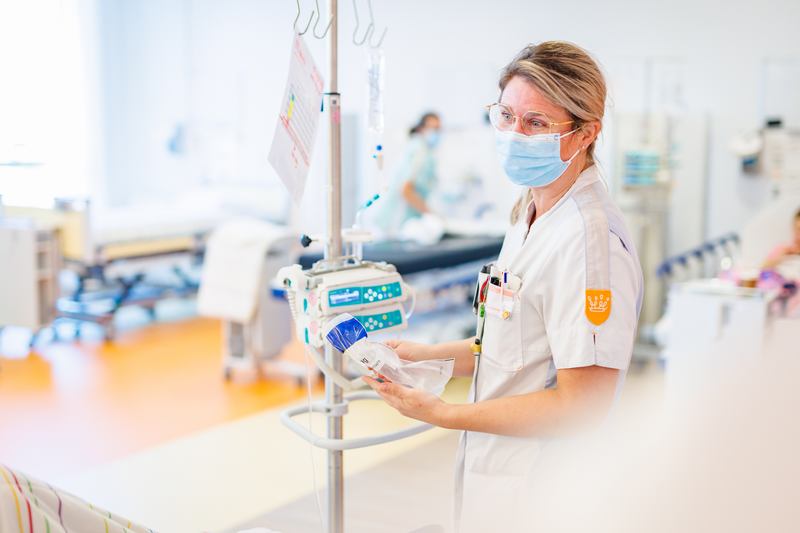
Doctors and researchers at the Princess Máxima Center evaluated the experiences and results of the first five years to determine the benefits of treatment for children with kidney cancer in a single research hospital.
Read more